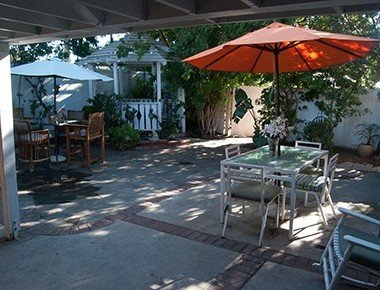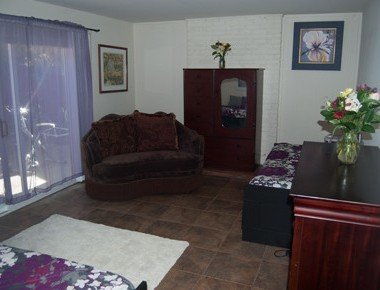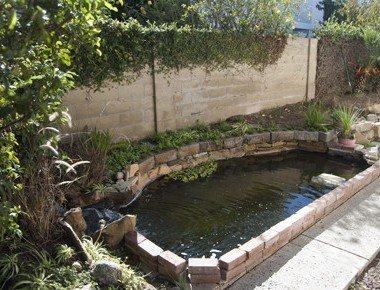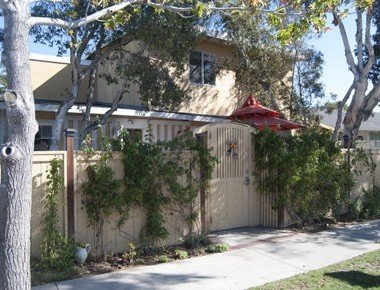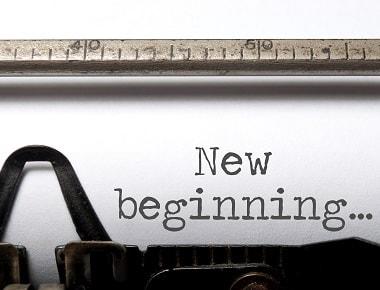How Much Does Rehab Cost?
Your well-being and that of your loved ones is priceless, and seeking treatment for substance use disorders or alcohol addiction is an important investment in your health.
However, addiction treatment programs aren’t all easy to afford, and we understand that the cost of treatment may be a concern for you and your family. That’s why we make it a priority to work with our patients to create a payment plan that fits their budget and capabilities.
We also offer various types of treatment at different price points to ensure everyone who needs substance abuse treatment can get the assistance they need.
Before choosing a drug or alcohol rehab center, do your due diligence and explore the options available to you in your city, county, or state. Consider the types of treatment these rehab facilities offer, their patient testimonials, and the treatment modalities they use to ensure the treatment center you choose has the best chance at helping you achieve and maintain sobriety. Taking the time to weigh your options will help you get the best treatment available to you and put you on the path to lifelong recovery.
To help you understand the cost to attend rehab, we’ve compiled this guide that explores how the treatment program, living arrangements, and types of rehabs affect their pricing.
What Is the Continuum of Care?

The continuum of care is the treatment pathway that involves a supportive and integrated system of services designed to help you overcome substance abuse and mental health issues. From detox to sober living homes, the continuum of care offers a step-by-step approach to treatment, allowing individuals to receive the right level of care at each stage of their journey, depending on their evolving needs and goals.
Starting off your first step in the continuum of care is vital to your sobriety journey and requires a comprehensive and personalized approach to recovery.
Usually, patients start with the most intensive addiction treatment program that requires you to live onsite in inpatient rehab. As your treatment progresses, you gradually take steps down to less intensive outpatient programs that allow you to live at home or in a sober living space.
As the intensity of your treatment program decreases, so does the cost.
The most common continuum of care steps are:
- Inpatient hospitalization or detox – This is the most intensive treatment program that involves the most supervision and medical intervention. During inpatient hospitalization, you may go through withdrawal and detox from the substances you were abusing while receiving medical assistance.
- Residential treatment – Residential treatment facilities are the most commonly sought out by people in need of addiction treatment. Residential programs usually last around a month and involve 24-hour care and assistance from trained medical and health professionals. This form of rehab costs more than other, less intensive treatment options as it includes accommodation, meals, recreational activities, and specialized treatment.
- Partial hospitalization program (PHP) – PHP is typically the first form of outpatient care you’ll receive after leaving residential rehab. A PHP program usually involves several hours of treatment every weekday. The cost of this form of treatment will depend on the rehab center you choose, as well as whether you choose to live at home or in a sober living house.
- Intensive outpatient programs (IOP) – For individuals who don’t need the intensive treatment and increased supervision of a PHP program, IOP is an effective, more affordable alternative. IOPs require several hours of treatment sessions around three times every week.
- Outpatient treatment – Standard outpatient treatment is one of the most affordable treatment options. It involves shorter treatment sessions once or twice a week, with some patients transitioning into attending treatment only once a month.
- Aftercare – Aftercare usually comes in the form of sober living arrangements and weekly or monthly therapy sessions. It is the most affordable form of treatment available to those struggling with addiction, but it also offers the least supervision.
Factors That Influence the Cost of Rehab
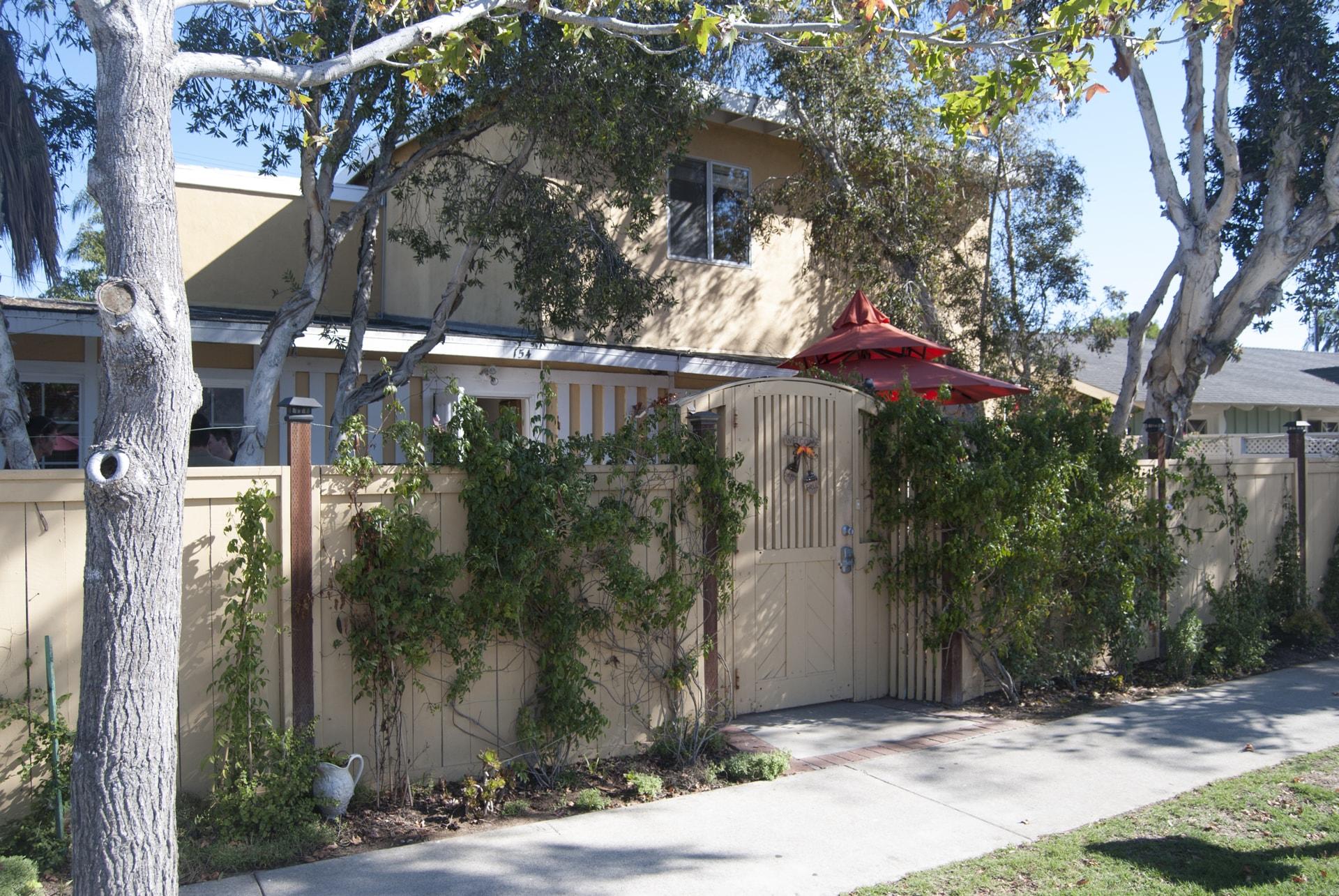
Rehabilitation is a crucial step in the journey toward a healthier and happier life, and it’s important to understand the factors that influence its cost.
Because facilities and treatment plans can vary drastically from low-cost to luxury (and everything in between), it’s hard to nail down the average cost of rehab in the United States. Even with a clear statistic, it would do little to help individuals accurately predict how much their own treatment might cost.
To improve your estimate and help you identify the most affordable programs, consider how each of the following factors might impact the overall cost of your treatment.
The Facility
The cost of addiction rehabilitation can be significantly influenced by the facility providing the treatment. The expenses involved in operating the facility, such as staff salaries, maintenance, and supplies, can contribute to the overall cost of the program.
While many treatment centers are registered as nonprofit organizations, that’s not always the case. If the rehab you’re considering is a private facility, be aware that prices may be set to generate some level of profit.
In addition to the type of facility, the cost of addiction rehabilitation also varies based on your insurance coverage. It is important to verify if the facility is compatible with your insurance plan and if your policy covers the specific treatments you require. If the facility doesn’t accept your insurance or if your policy doesn’t cover the treatment, the costs will naturally be greater.
Before you decide on a facility, make sure you look into whether it’s a good fit for your insurance policy. A reliable rehab will help you verify eligibility and coverage benefits beforehand.
Geographic Location
Just as things like property values and cost of living change with the territory, the cost of addiction treatment tends to vary with geographic location. Factors like medical supply costs, client demand, and minimum staff wage can all vary from state to state, impacting treatment costs.
Rehab facilities situated in popular scenic or upscale locations also tend to be more expensive than those in less popular areas. However, if you find peace and inspiration in surroundings like the ocean or mountains, the cost may be worth it for you.
If you plan to travel out of state for treatment, keep in mind that location will impact your overall expenses. In addition to treatment costs, you will also incur costs for transportation, food, and temporary housing (for outpatient clients). These expenses, while usually minimal, should be taken into consideration when planning your journey to a rehab facility.
Program Size
The cost of a program is influenced by its size and the extent of its operations such as the number of patients and staff members involved, and the utilization of resources. For instance, a small program serving a limited number of clients with a minimal staff will require fewer resources and less funding compared to a larger program that handles a large number of clients or operates at high demand.
Additionally, the size of a program can also be impacted by its location, with facilities in areas with higher addiction rates potentially needing to cater to a larger number of patients.
Treatment Program Options
Of course, the kind of treatment you receive in your chosen program will be a major factor in determining the cost. Clients who require detox before other treatment will pay for detox-related care and medications in addition to other program costs.
Inpatient or residential on-site programs are typically more expensive, as they include room, board, and around-the-clock care. Similarly, intensive outpatient (IOP) patients can expect to pay a bit more than standard outpatient clients for additional services and resources. Patients who require detox before starting with other treatments will pay for detox-related care and/or medications in addition to other program costs.
Program Length
Unsurprisingly, the longer your treatment program, the more you’ll pay for your time there. A 30-day program will typically be less expensive than a 90-day program.
Extending your time in rehab will also increase costs; following a residential program with outpatient treatment or sober living, for example, is an additional expense. It’s important to have a financial plan in place for such scenarios, as you may not feel fully prepared to face the world on your own at the end of the program.
Though you may be tempted to cut your stay short to save money, leaving early won’t achieve that goal. You won’t get back what you’ve already spent, and the risk of relapse from incomplete treatment could render your investment void.
Specific Features and Amenities
The unique features and amenities of any given treatment center will also affect costs. Amenities like swimming pools, fitness centers, private rooms, leisure areas, gardens, personal services, and other “extra benefits” all incur costs for maintenance, staffing, and equipment.
Clients may also be charged more for programs that cater to a specific gender, age group, religion, or personal preference.
Comparing Standard, Luxury, and Low-Cost Rehab Options

Most addiction treatment centers have mid-range prices and offer a standard set of features and treatment programs that are suitable for a typical clientele. If you have limited financial resources, you may benefit from a low-priced non-profit facility. On the other hand, clients with higher incomes who seek a more comfortable and upscale experience may opt for a private luxury facility.
The more luxurious and exclusive the facility, the more costly its services will be. Yellowstone Recovery strives to find a balance between cost and comfort by providing high-quality treatment in a beautiful coastal location while maintaining the lowest rehab costs in all of Southern California.
How Much Does Insurance Typically Cover?

Currently, Yellowstone Recovery accepts insurance policies from Anthem, Blue Cross, Aetna, United, Health Net, Cigna, and all PPO plans.
Unfortunately, if you’re looking for rehabs that take Medicaid or Medicare, we are not able to accept those programs at this time.
If you are unsure whether your specific insurance policy will cover treatment with us, fill out our insurance check form so that we can verify your eligibility.
The Affordable Care Act of 2010
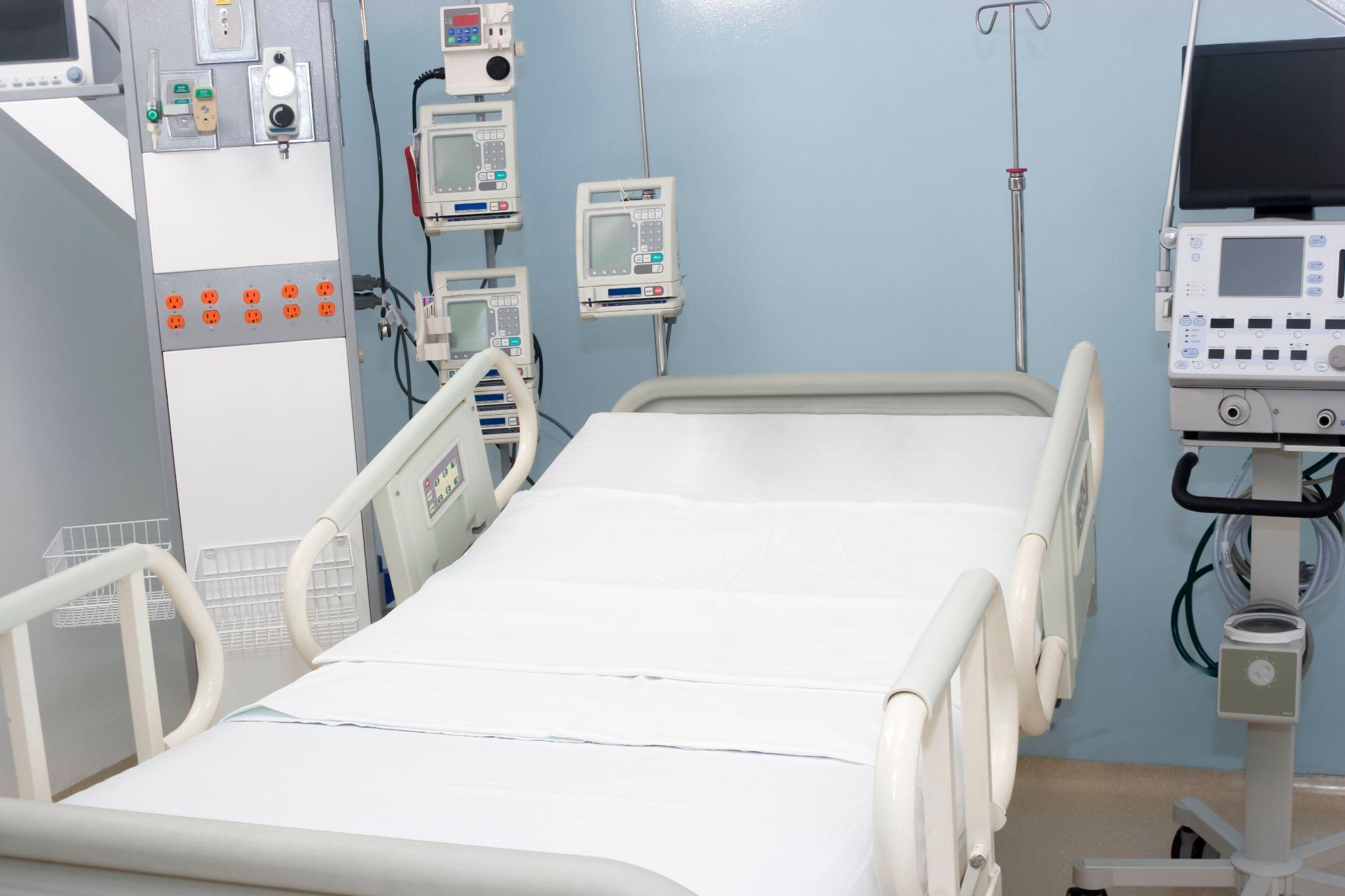
The Affordable Care Act (ACA), also known as Obamacare, includes several provisions that impact rehabilitation facilities. These provisions require insurance companies to cover certain behavioral health services, including substance abuse treatment, and increase Medicaid funding to states, which can be used to pay for rehabilitation services for low-income individuals.
This expansion has had a significant impact on rehabilitation facilities, as it has allowed more people to access substance abuse and mental health treatment.
Before the ACA, many people with substance abuse and mental health issues were unable to afford treatment and had to rely on emergency rooms or other publicly funded programs for care.
Finding a Payment Option That Works for You

Cost shouldn’t hold you back from seeking the help you need to overcome drug or alcohol addiction. At Yellowstone Recovery, we are committed to providing effective and affordable treatment options. Our team will work with you to find the right payment and financing solutions to fit your needs. As a registered non-profit organization, helping those in need afford the treatment they deserve is one of our foremost core values.
If you need help to break free from a drug or alcohol addiction, don’t let the financial aspect scare you away—our staff can walk you through your options and ease your financial worries.
Take the first step toward a healthier and happier life by calling Yellowstone Recovery at (888) 418-4188 today. Our team can provide you with all vital information on program costs and support you on your journey to recovery.
- Treatment Options
- Program Curriculum
- Program Services

